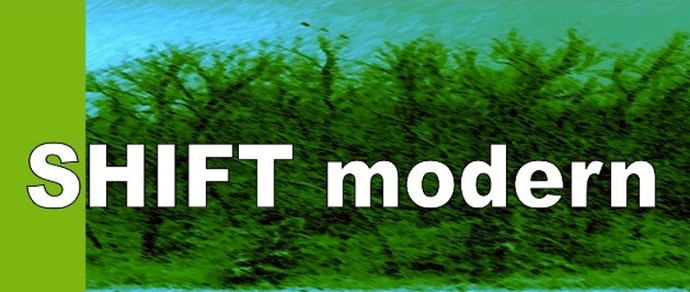 Last year I was working with a client to rework her living space and she expressed interest in finding and buying a bamboo dining room table. I agreed to help her find one because I had been hearing so many great things about the sustainability of bamboo.
Last year I was working with a client to rework her living space and she expressed interest in finding and buying a bamboo dining room table. I agreed to help her find one because I had been hearing so many great things about the sustainability of bamboo.I resolved to build a custom table and we decided that I would use bamboo plywood, simple enough right!!!!
Well after a bit of searching I finally found a vendor in the Kansas City area that sells Plyboo. I of course found out later that they do not stock the Plyboo so if I wanted to buy it I would have to pay for shipping. The plywood price was around $250 a sheet, pretty high but workable. The shipping price was not immediately available, when they called
 me back in a few days and told me that the shipping would be around $250 per sheet I realized that this was going to be an expensive project.
me back in a few days and told me that the shipping would be around $250 per sheet I realized that this was going to be an expensive project.I looked online for other purchase options for bamboo plywood but I did not find anything that was significantly less expensive. By the time I added a table base, cut the plywood and did the finish work I was finding realizing that the table would be pretty expensive for a piece of plywood with legs.
I searched the web to see if it was possible to buy bamboo dimensional lumber, but did not. I did find several sites that had some trim and stair treads, which did not suit my purposes.
The project was on the shelf for a few months when I was researching bamboo flooring for another client and I was looking at a website that offered unfinished bamboo flooring, and I started thinking about unfinished flooring as possible table top material. I have used unfinished flooring for table top applications before, the unfinished flooring does not have a micro-bevel on the edges between pieces, which allows for sanding and finishing with less obvious joints. The unfinished flooring costs about 1/3 to 1/2 what the plywood costs and the shipping was about a tenth of the plywood.
Once I received the unfinished bamboo flooring I laid out the table in such a way as to use an entire case which produced a table top, 3 feet wide and 7 feet long. The bamboo was attached to FSC birch plywood and then I finished the table with an 1 - 1/2 inch edge.
I used a water based low voc finish, which I would not do again because the finish tends to wick into the fiber of the bamboo, causing pock marks. I used oil - wax finish on my newer tops, it smells great and has a nice luster.
 I have continued to refine my fabrication methods and have created a collection of 6 tables that are made with reused vintage(1950's) douglas fir plywood, reclaimed wood breadboard ends, and bamboo. I used vintage hairpin table legs for three of the tables and they look great with the new tops.
I have continued to refine my fabrication methods and have created a collection of 6 tables that are made with reused vintage(1950's) douglas fir plywood, reclaimed wood breadboard ends, and bamboo. I used vintage hairpin table legs for three of the tables and they look great with the new tops.I am hopeful that in the near future the bamboo plywood manufacturing companies will start offering bamboo dimensional lumber, then the design possibilities really open up for this wonderful material.





